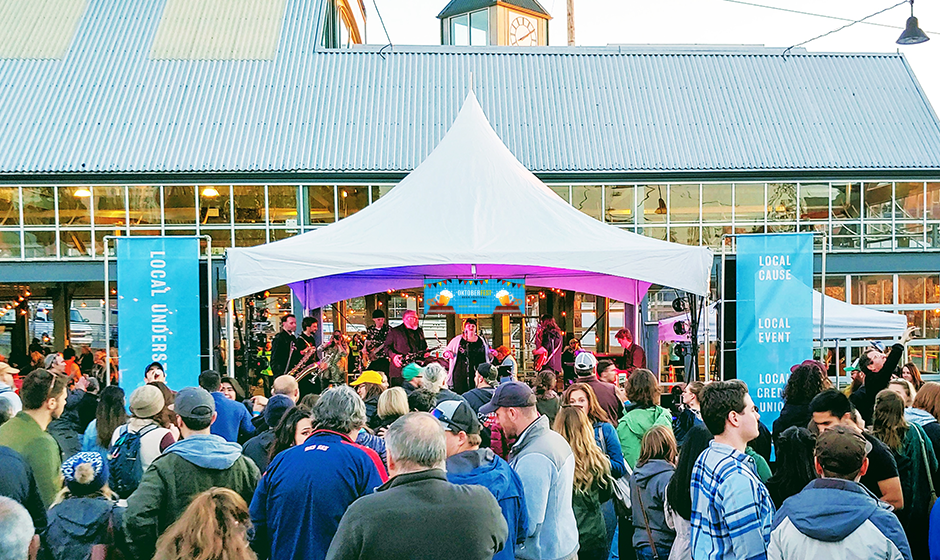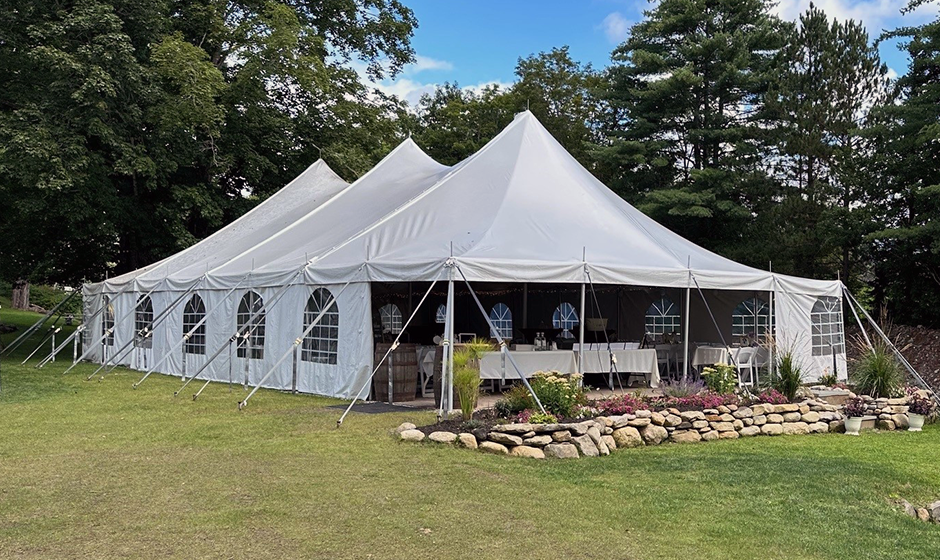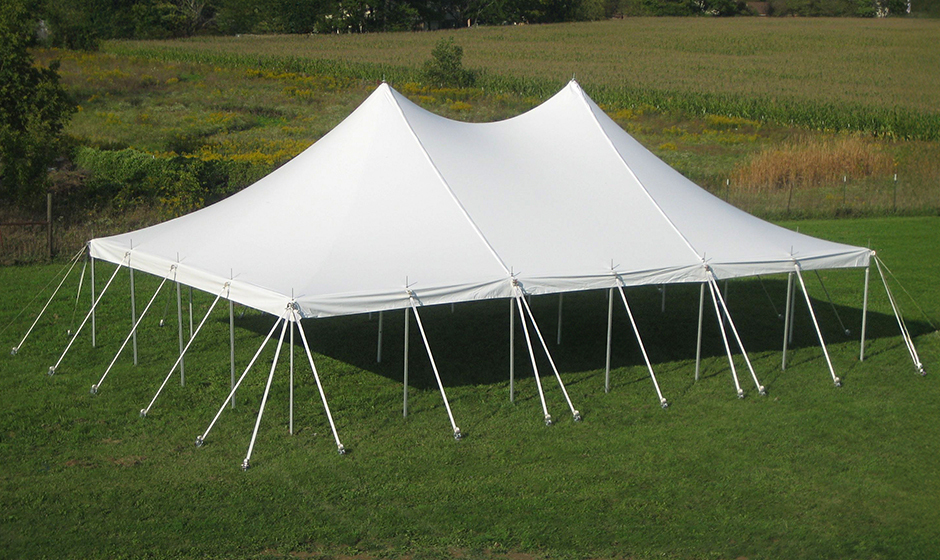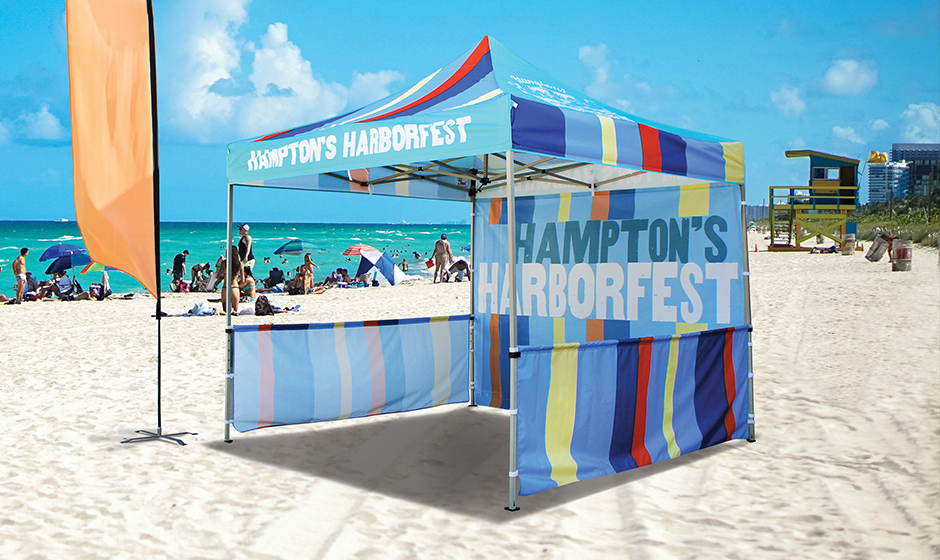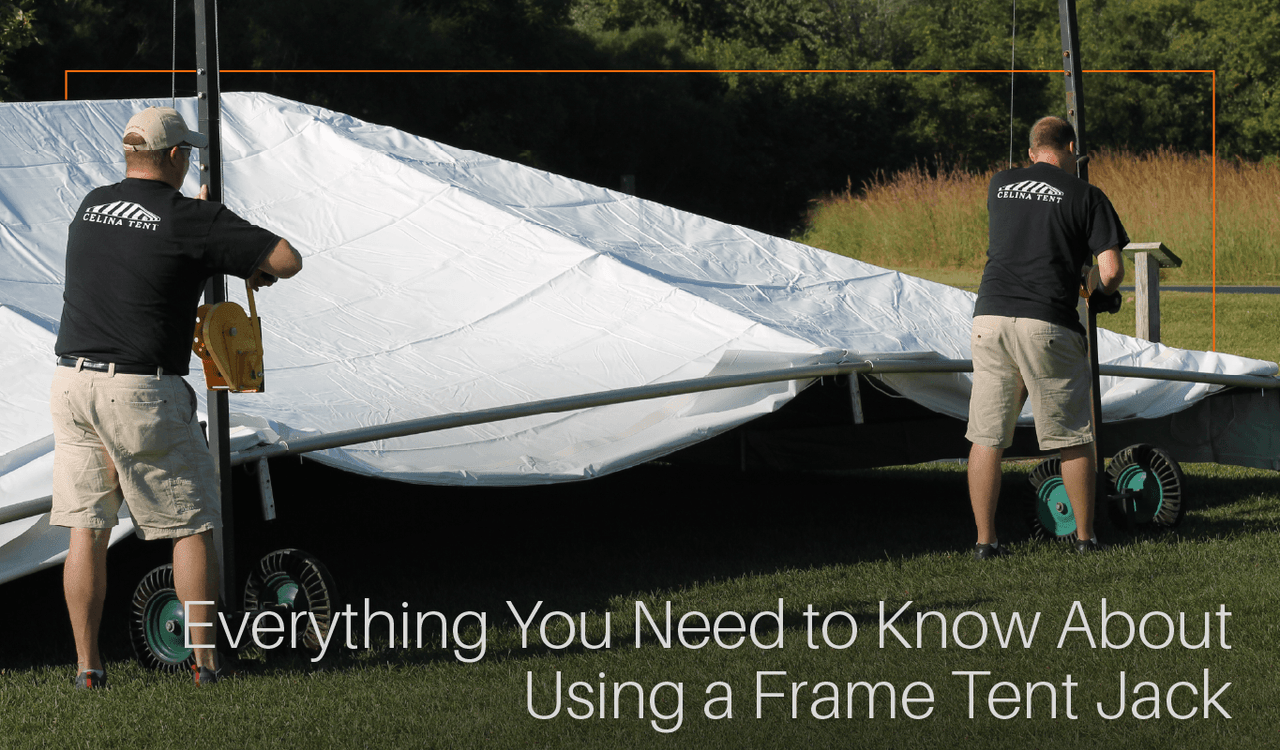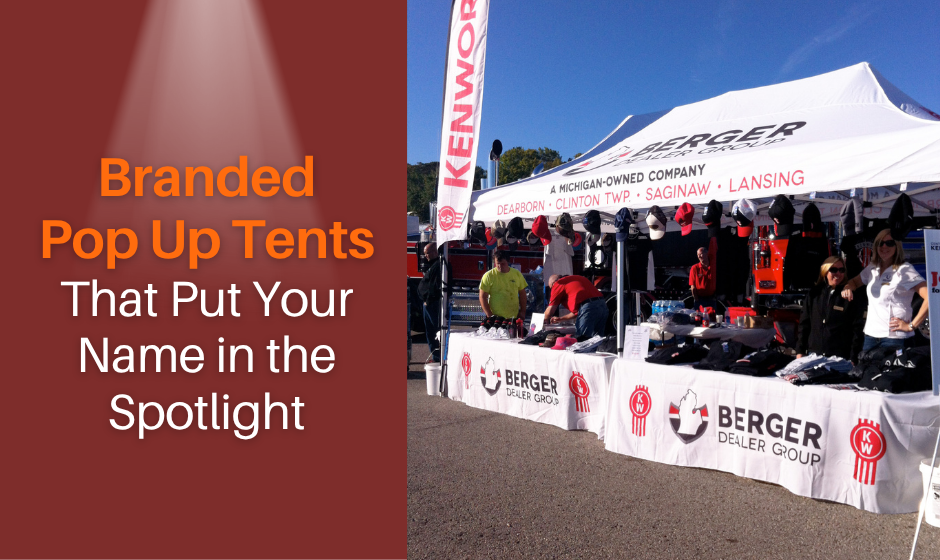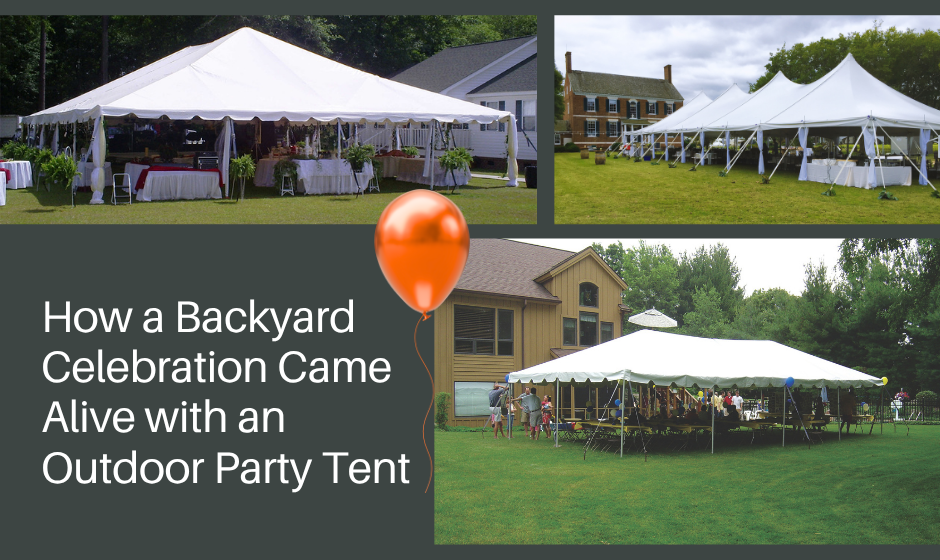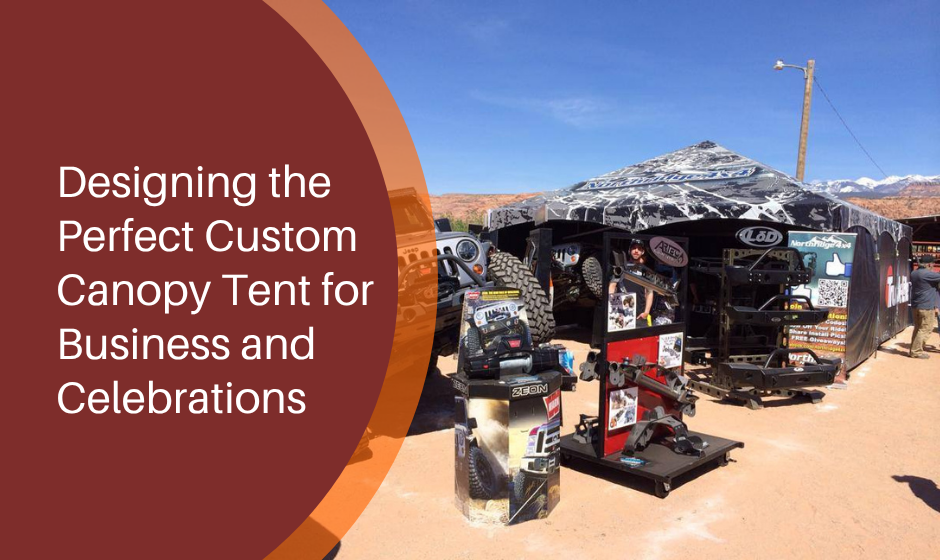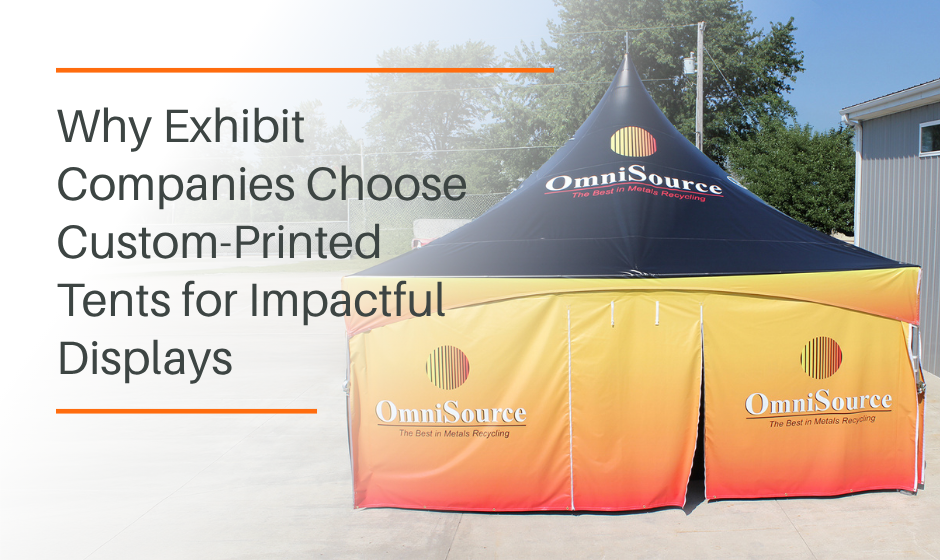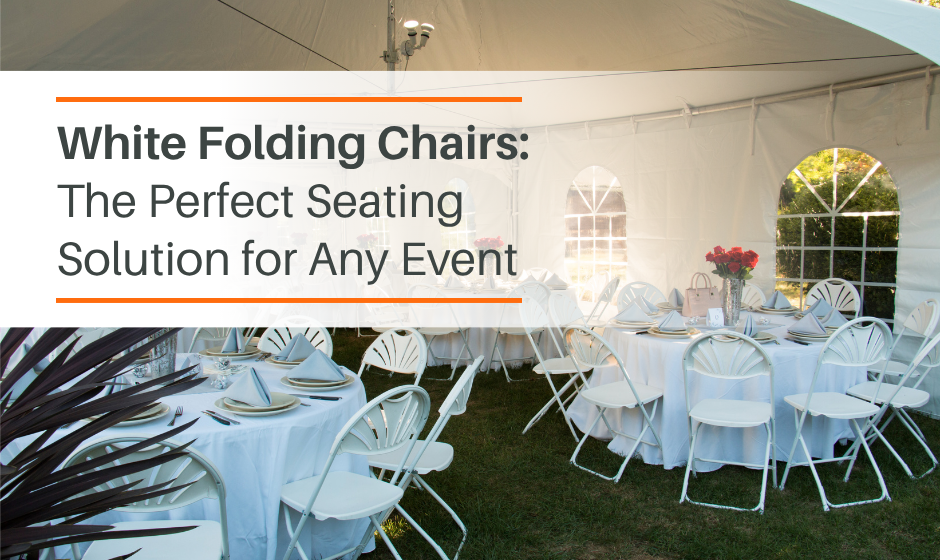Everything You Need to Know About Using a Frame Tent Jack
If you’ve ever participated in setting up a large event tent, you know it can be physically demanding and time-consuming. That’s where the frame tent jack comes in—a specialized tool designed to lift heavy tent frames during setup with safety, ease, and precision. For tent rental crews and event professionals, this tool is more than just helpful—it’s a must-have for efficiency and protection.
What Is a Frame Tent Jack?
A frame tent jack is a mechanical lifting device made to raise the aluminum or steel frame of a tent before the canvas or top is secured. This allows for a much easier and safer process of installing large frame tents. They typically use a crank or hydraulic system and can hold heavy weights, depending on the model.
Instead of manually lifting each corner of the tent and risking damage to the poles or injury to the crew, a frame tent jack allows you to hoist the structure with minimal effort. This makes it possible for smaller teams to handle bigger installations.
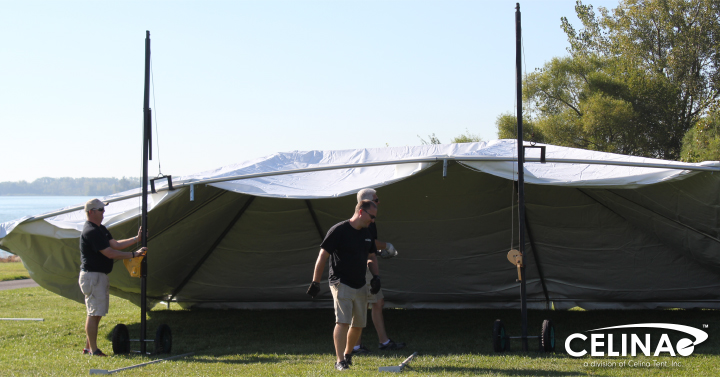
The Role of a Frame Tent Jack in Tent Installation
Installing a frame tent involves aligning the frame, lifting it, and then securing the canopy over the top. The lifting process is often the most strenuous part, especially for tents over 20 feet wide.
A frame tent jack simplifies this phase. It allows workers to raise one corner of the frame at a time or lift entire sides depending on the setup. Some advanced jacks are built with dual arms or pulleys, enabling even distribution of weight to prevent frame warping or unbalanced lifts.
Benefits of Using a Frame Tent Jack
Reduces Labor Needs
With a frame tent jack, you don’t need a large crew to raise the tent. A team of two or three can handle what might otherwise require six or more people.
Enhances Safety
Lifting large frames manually increases the risk of back injuries, dropped equipment, or instability. Frame tent jacks are built to hold steady during the lift, keeping the structure—and your team—safe.
Prevents Frame Damage
Improper lifting techniques can warp aluminum poles, bend joints, or strain fabric. The smooth, even elevation from a jack protects your investment in tent equipment.
Speeds Up Setup Time
A well-designed frame tent jack saves time on event day. Whether setting up a single tent or managing multiple rentals, this tool accelerates the process without compromising quality.
CELINA Team Insight: A frame tent jack isn’t just for large-scale events—it’s a time-saver for smaller crews too. Investing in the right setup tools builds efficiency and reduces injury risk across your entire operation.
Choosing the Right Frame Tent Jack
- Weight Capacity: Choose a jack rated to lift your largest tent size. Many jacks can hold 500–1000 lbs or more.
- Crank vs. Hydraulic: Crank models are simple and reliable. Hydraulic jacks offer smoother control, especially on uneven terrain.
- Portability: Look for a jack with wheels or foldable legs if you'll be transporting it between sites.
- Height Adjustment: The jack should lift high enough to allow full setup without awkward bending or repositioning.
Frame Tent Jack Use Cases
Corporate Events
From trade shows to outdoor product launches, tents at corporate functions must be installed quickly and neatly. A jack ensures setup stays on schedule and looks professional.
Weddings and Private Events
Large frame tents for weddings can be time-sensitive installs. With décor teams, catering, and AV crews all waiting, a frame tent jack minimizes delays and ensures everything is ready on time.
Rental Companies
Tent rental businesses benefit enormously from this tool. Whether you’re setting up tents daily or managing large festival installations, a reliable jack reduces manpower costs and physical wear on your team.
Proper Use and Safety Tips
- Level Ground Only: Always place your jack on a flat, stable surface to avoid shifting during lifts.
- Secure Before Lifting: Double-check that the tent legs or frame corners are firmly placed in the jack’s cradle or bracket.
- Lift Gradually: Raise each section slowly and evenly to avoid tilting the frame.
- Use Multiple Jacks for Large Tents: For wider tents, use jacks on multiple corners and lift simultaneously to maintain balance.
- Never Work Under a Lifted Frame: Always ensure no crew member is underneath the tent during lifting or lowering.
Maintenance and Storage
Frame tent jacks are rugged tools, but proper care extends their lifespan. Wipe down all parts after each use, especially if used in damp or muddy environments. Lubricate moving components regularly and inspect for wear or rust. Store in a dry location, ideally inside a case or with protective padding to prevent damage in transit.
Why Your Tent Crew Shouldn’t Go Without One
A frame tent jack doesn’t just make setup easier—it represents a level of professionalism and preparedness that your clients will notice. Fast, safe installations build trust and keep your reputation intact. Whether you're growing a rental business or managing events directly, this tool is a small investment that delivers large returns over time.
Equip Your Team for Smarter Setup
Lifting a tent frame no longer has to mean straining backs and calling in extra hands. With a frame tent jack, your crew can work smarter, not harder. These tools increase safety, save time, and improve your service quality across all types of events.
Ready to take your tent setup to the next level? Browse our collection of high-quality frame tent jacks and installation tools to give your team the gear they need to succeed.
jacks and installation tools to give your team the gear they need to succeed.
FAQ: Frame Tent Jacks
What is a frame tent jack?
A frame tent jack is a mechanical or hydraulic lifting device that raises tent frames so crews can install legs and tops safely and efficiently. It reduces manual lifting, speeds up installs, and helps prevent injuries. Celina supplies commercial-grade jacks sized for common frame tent systems used by rental teams and event pros.
Do I really need a tent jack for setup?
If you install frames 20' wide or larger—or run multiple installs per week—a jack is a game-changer for labor savings and safety. Smaller crews can raise bigger frames consistently. Celina’s models are chosen to balance lift capacity, portability, and price for rental fleets.
Crank vs. hydraulic: which tent jack is better?
Crank jacks are simple, durable, and budget-friendly. Hydraulic jacks offer smoother, low-effort lifting—great for uneven sites or heavier frames. Celina stocks both styles and can recommend the right option based on your frame sizes, crew size, and terrain.
How much weight can a frame tent jack lift?
Most commercial jacks are rated from ~500 lb to 1,000+ lb per unit. Always match jack capacity to your heaviest frame section and build in a safety margin. Celina publishes lift ratings and height ranges so you can spec the correct number of jacks per install.
How many jacks do I need for a large frame tent?
Use one jack per corner at minimum; add mid-span jacks on long sides for wider structures (e.g., 30'–40' widths). Lift in small, even increments around the perimeter. Celina provides layout guidance for common sizes to keep frames level and hardware stress low.
Can a single person use a frame tent jack?
A jack reduces lift effort, but installs should be done with at least two trained crew members for spotting, leveling, and safety. Celina’s wheeled, foldable-base jacks maximize mobility when crews are lean.
Is it safe to use tent jacks on uneven ground?
Only if the base is stabilized and level. Use pads or plywood to create a firm platform and lift gradually on all jacks. Never work under a suspended frame. Celina recommends site prep accessories and offers best-practice checklists for windy or sloped sites.
What height range should my jack cover?
Choose a jack that reaches your eave height with room to fine-tune during leg placement (typically 8–14 ft ranges for event frames). Celina lists min/max lift heights and compatible leg lengths for each model.
How do I maintain a frame tent jack?
Keep it clean and dry, lubricate moving parts, check cables/straps and fasteners, and inspect wheels and bases before each job. Celina stocks service parts and can advise on maintenance intervals for high-use fleets.
Where can I buy a reliable frame tent jack?
Celina offers crank and hydraulic frame tent jacks with published lift ratings, height ranges, and replacement parts—plus fast shipping and crew training tips to get your team up to speed.




